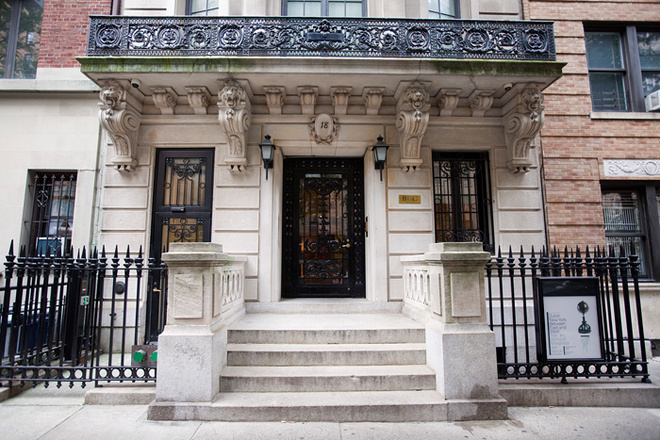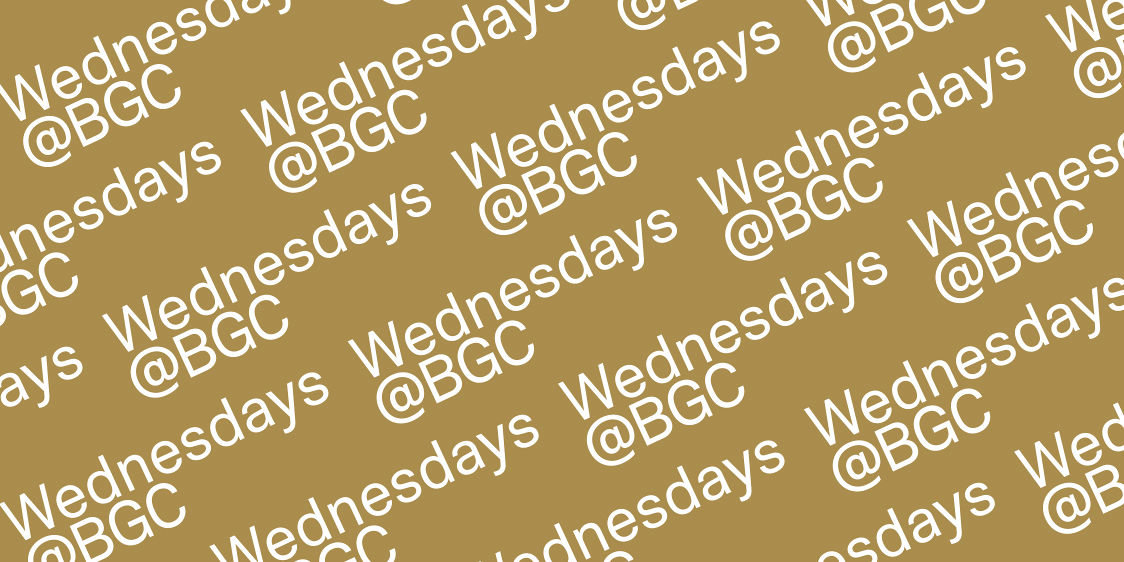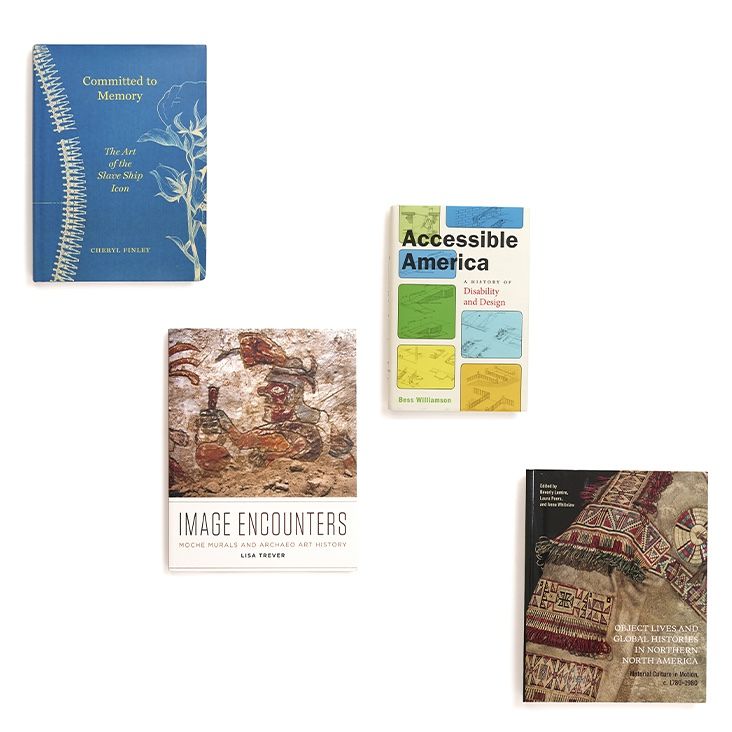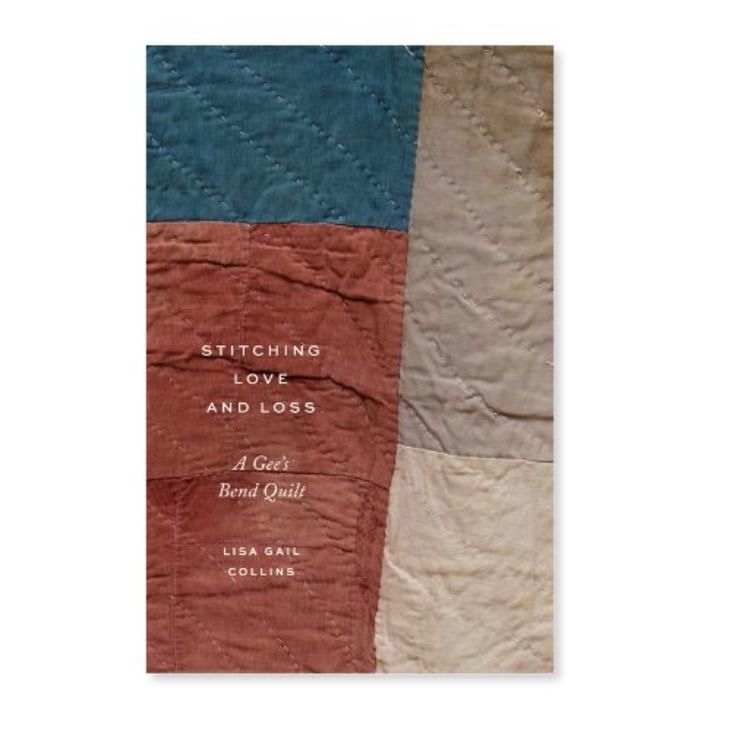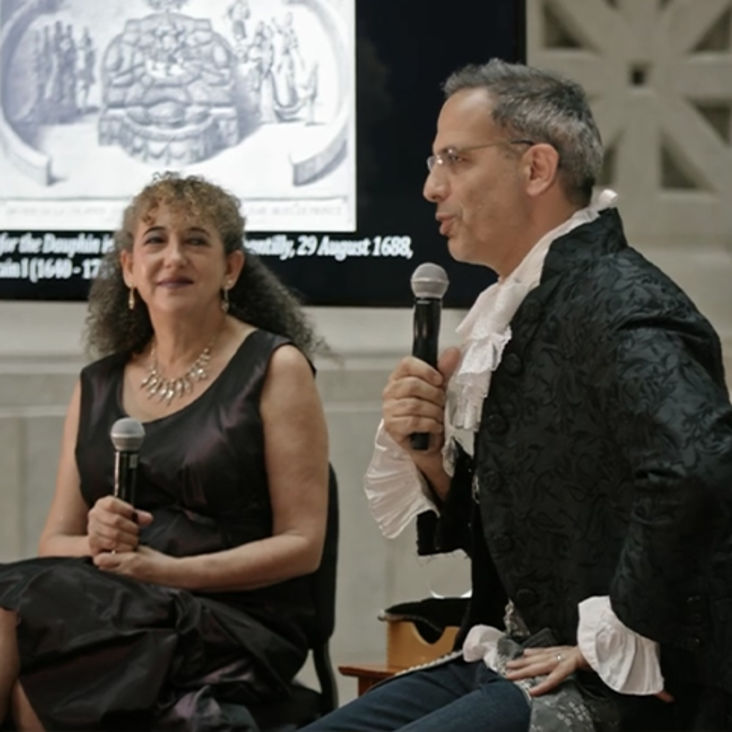What brought you to the BGC?
When I came here, I had already been involved with researching and teaching the history of decorative arts and cultural history. I taught previously in the Art History department at the University of Maryland. Before that I was at the Metropolitan Museum of Art and had taught in the Masters Program in the History of the Decorative Arts at Cooper-Hewitt as well.
What are your areas of interest?
My background is in Italian Renaissance Art History but I consider myself a cultural historian. My dissertation was on a 15thcentury Florentine topic rooted in cultural history and based on archival research. At the moment, I am involved in a number of different projects. I am working on an exhibition called Art and Love in Renaissance Italy, which will open at the Metropolitan Museum of Art in November 2008, and will then travel to the Kimball Art Museum in Fort Worth, Texas. I am also writing a book on the material and intellectual history of food in the early modern period, focusing on one of the first illustrated cookbooks which was published in Venice in the 16th century.In addition, I am the coordinator for the History and Theory of Museums at the BGC, drawing on my background as an educator at the Metropolitan Museum where I worked for six years and other museum experience. I teach classes on various aspects of museums, exploring both historical narratives and the current state of affairs from social, political, and economic perspectives. I also oversee the collaborative exhibition programs that we have with the Metropolitan Museum and the New-York Historical Society in which students work together with curators at the respective institutions and BGC faculty in researching, and planning as well as mounting exhibitions. For the upcoming collaboration with the New-York Historical Society which focuses on the 1696 inventory of a Dutch woman who lived in Flatbush and had a lot of exotic possessions, there are ten students contributing entries. I am one of the editors of that exhibition catalogue. The exhibition will open in Fall 2009 in conjunction with the city-wide celebration of the 400th anniversary of Henry Hudson’s arrival here.
As to how I got interested in the field, I was always curious about things that were a little bit off the beaten track in art history. As an undergraduate at Princeton, I was in the interdisciplinary European Cultural Studies program. I was torn between art history and history so I took a lot of classes in both areas. As I did my doctoral research I was constantly trying to find ways to fit works of art into the broader historical and social frameworks in which they were created. I’m thrilled that I can continue to explore the past from these multifaceted perspectives at the BGC.
How does your work fit in the BGC mission?
I am working on the contextual side, supporting more objectand material-based studies that my colleagues attend to. By contextual, I mean studying everything that contributed to the creation of a thing. For instance, what need did it fulfill— was it ritual or practical? How was it created? What were the techniques and the materials used? What was its status in its time and how was it received? How has that changed over time? In my course on the history of museums, we discuss collections and collecting and how objects come to be categorized or defined by their context. The voyage of an object from creation to a museum today is a long one. In another area, I am doing a lot of work now with the history of the book and printed materials and that involves understanding how people read, who was reading, and how they were using books. All these questions are complex. So context is pretty much what you need to understand what something is.
What do you hope to pass on to your students?
Curiosity. I hope to share with them all the questions I am continually asking myself in my own research. I’d like to pass on to them the idea of responsibility to documents and to materials, a way to read texts critically, to analyze other people’s scholarship, to think creatively, and to write well.
